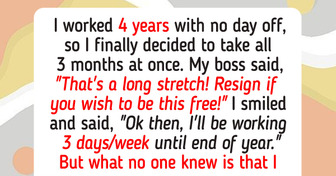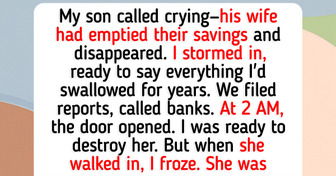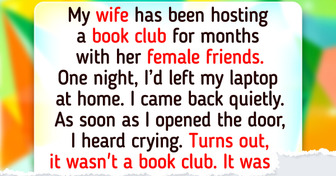I Refused to Tip $200 for a Dinner I Was Invited To


There are many ways you can save your life in extreme situations, for example, when you get lost in the wilderness. But there are just as many myths. Let’s have a look at some of them.
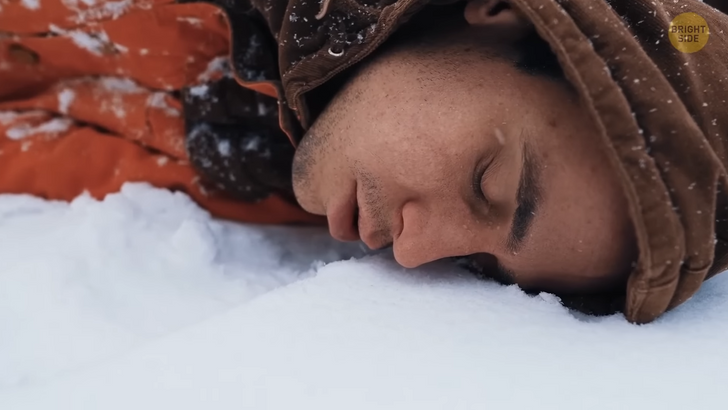
Rumor has it that if you find yourself surrounded by snow and with no drinking water at hand, eating snow is the best way to rehydrate. Unfortunately, it’s just false. Even worse, eating snow can lead to further dehydration! How come? Once you stuff some snow into your mouth, your body has to start a process that will melt the snow and warm it.
And you’ll need to spend more energy, which will make you lose liquids faster. But it’s not all: eating snow can result in hypothermia, which is twice as dangerous if you’re alone in the wilderness. Besides, the chances are that snow contains harmful bacteria that will make you sick. So, if you don’t have any other solution, melt the snow you’re going to consume in your hands first and stay away from the snow that doesn’t look fresh and white.
If you find yourself with frostbite, take care of it as soon as you can. But despite a popular misconception, do NOT pour hot water on the damaged skin — it can make things much worse! Instead, if you can’t see a doctor immediately, remove wet clothing and place the place with frostbite in warm water.
After that, make sure that the damaged body part isn’t going to freeze again and keep it elevated to reduce swelling. Then, put a bandage on the hurt area. If it’s your fingers or toes, apply a bandage on each of them separately and then place cotton balls in between so that they don’t touch. Never ever rub the damaged area!
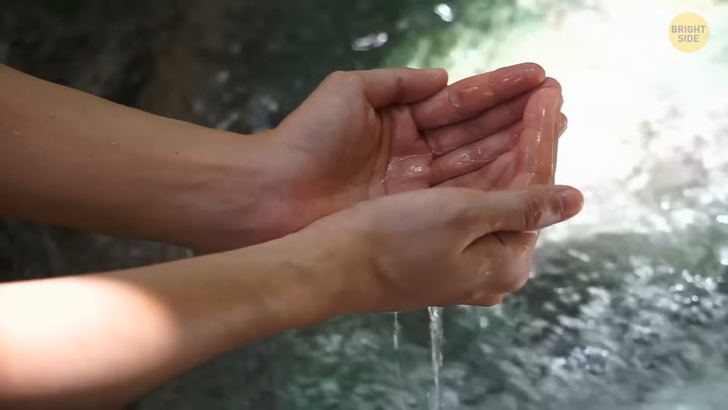
If you get lost in the wilderness and have no idea what direction to choose, find a stream or a small creek. Follow it until it merges with a larger river, and it will take you to a more developed and inhabited area where you’ll get help. But don’t you ever fall for this myth: “you can drink the water if you see animals drinking it.” If you manage to find a source of water, you need to purify this water first.
Your body is very different from those of animals. And if you don’t purify the water before drinking it, you can get extremely sick. Even in seemingly clean water, there are millions of microorganisms. And some of them are very dangerous to people. Freshwater springs might be safe to drink from. But in a survival situation, err on the side of caution.
There is a survival myth that it’s safe to drink saltwater in small amounts. But such a delusion can have very dramatic consequences. Drinking any amount of saltwater leads to dehydration much faster than if you don’t drink anything at all. The best thing you can do with saltwater is to use it for cooling down your body, not drinking.
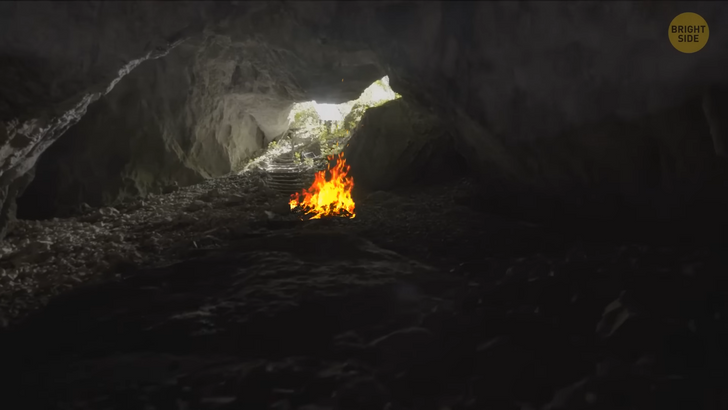
So, let’s say you’re wandering in the wilderness, lost and desperate, when suddenly you see a cave! Great! It’ll make a perfect shelter! There is some wood and tinder you can pick up nearby, AND you have matches! It seems all odds are in your favor! And they indeed are if you don’t make a fatal mistake — which is building a fire inside the cave.
And the main problem isn’t the smoke from the fire. The thing is that the heat coming from your fire will cause the rocks (which make up the walls and the ceiling of the cave) to expand. Eventually, they might break. And then, you will get trapped in a rockfall or a landslide. To stay warm and safe at the same time, build a fire right outside the cave.
As soon as you realize that you’ve got lost in the woods during a hike, immediately stop. It DOES sound counterintuitive, I admit. But it is a better solution than to keep walking. Better stay where you are and try to make some kind of shelter. For one thing, when you move, you get dehydrated faster. Besides, the further you travel away from wherever you got lost, the longer it will take a rescue party to find you.
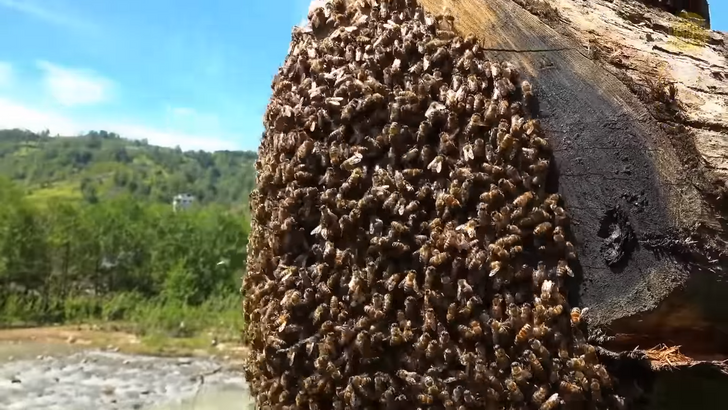
There’s a myth that if you come across a swarm of bees and disturb these insects, the best course of action is to jump into the water. Unfortunately, it won’t do you any good. The bees will just wait until you resurface to breathe. A good solution is to run in a straight line as fast as possible until the bees stop chasing you. An even better alternative is to find shelter (your car, a house, or even a public bathroom) and hide inside.
Now, what would you do if you unexpectedly encountered a snake? Would you move toward the reptile and try to shoo it away? Or would you maybe poke it with a stick? Or you could shout at it and stomp your feet. What’s your choice? Approaching the reptile and trying to scare it away to save yourself is nothing but a myth.
The snake may think you’re being aggressive and attack you. But even though snakes don’t have ears, they’re sensitive to vibrations. That’s why raising your voice, banging two sticks together, or stomping your feet can make a snake retreat. But if there’s an opportunity to walk away, use it! Here are some other tips that may help you in a critical situation.
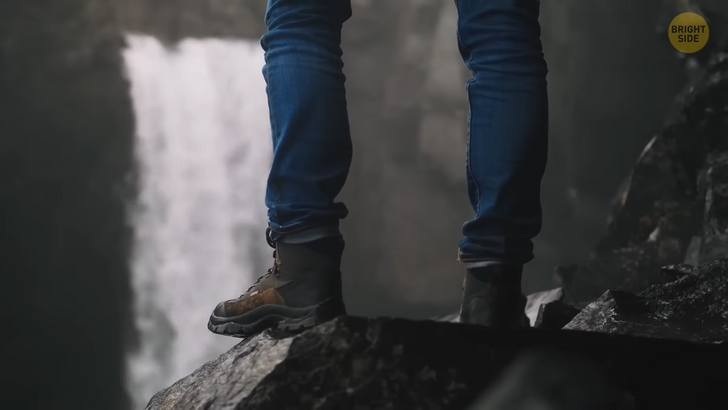
If you’re falling from a cliff, do your best to break your fall into several parts — the shorter they are, the better. Each of the segments will absorb some impact of the fall, and you’ll have much higher chances of surviving. Try to grab onto a sturdy object, like a bush or a rock, on your way to the bottom to slow down your fall.
If you’ve fallen through the ice into freezing water, try to get back to the edge of the ice. Don’t pull yourself out by grabbing it. The edge will keep breaking, and you’ll exhaust yourself in no time. Kick your legs until your body is positioned horizontally in the water.
After that, get out of the water and onto the ice like a seal. Once you’ve made it there, don’t stand up! Remain spread out — this way, your weight will be distributed over a larger area. Then the ice will be less likely to break.
If you’re at sea and spot a whirlpool coming toward you, don’t panic. If you understand which way it’s spinning, ride its side and use the whirlpool’s current to catapult you out of danger. If you start fighting it, you’re likely to get pulled inside. There’s also a chance a whirlpool will dissolve or become weaker closer to the bottom. So, if you do get trapped by it, take a deep breath and wait for an opportunity to swim up and away.
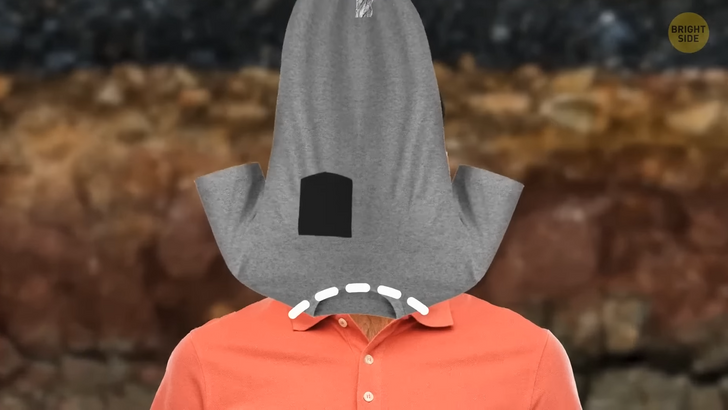
If you get trapped under some debris, for example, during an earthquake, your main task is to protect your respiratory system. Plus, you have to make your air supply last as long as possible. Take your shirt off and tie its bottom in a knot. Then put it back on your head through the neck hole.
The knot should be positioned over the top of your head. This way, you’ll get a makeshift hood that will protect your face from dust, sand, and debris. It’ll also provide you with a bit of oxygen while you’re trying to get back to the surface.
If you’ve got stuck in quicksand, do all you can to keep your head and arms above the surface at all times. Start to carefully wiggle your legs. Quicksand will fill the space your limbs occupied. As soon as you can, stretch out on your back — it’ll increase your surface area. Keep making tiny movements until your legs are free. You can also use backstroke motions with your arms. It’ll help you pull your legs out.
If there’s nothing to use as tinder to start a fire, unpack your junk food stash. Pringles, Cheetos, and Lays can serve as effective substitutes for dry leaves. The same goes for spaghetti noodles.






